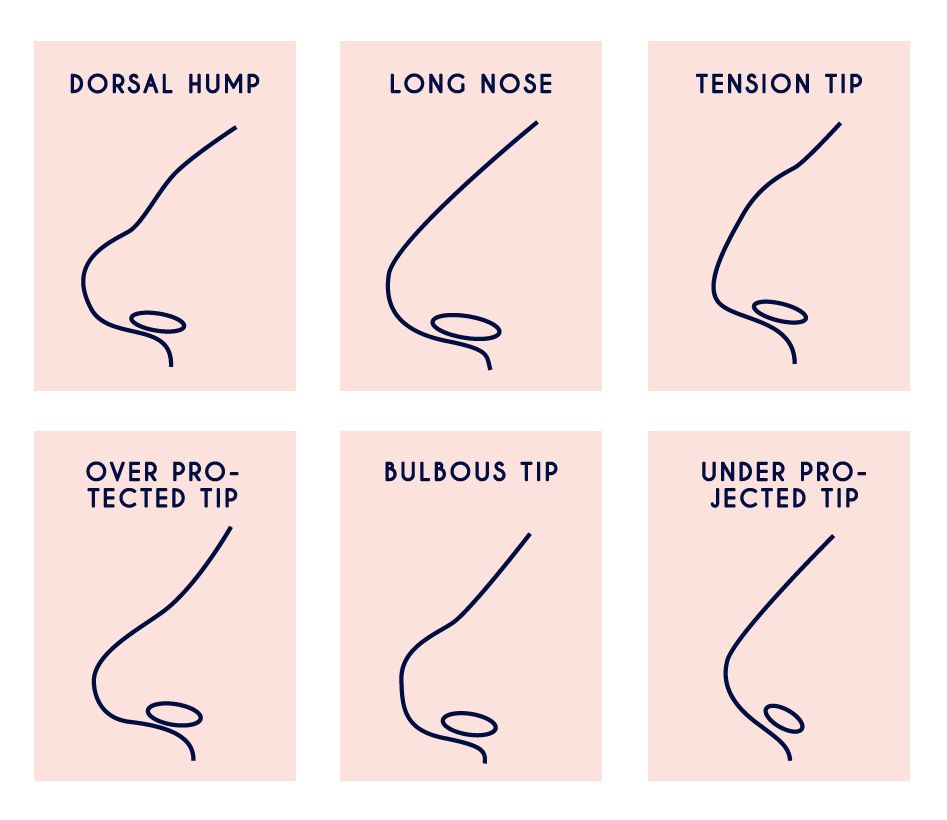
The size and position of the nose contribute to a person’s appearance; specifically, they affect the balance and proportion of the surrounding facial features. Because of this, even a minor nasal imperfection can have a big impact on the overall appearance of the face.
During rhinoplasty surgery, we can reshape the nose to address imperfections and enhance a patient’s natural beauty. Rhinoplasty surgery can address a wide range of nasal flaws. One common problem is an overprojected tip.
Here, Dr. Brian J. Kobienia helps patients understand how rhinoplasty for an overprojected tip can balance out the facial features. Contact our Minneapolis, MN practice to find out if you are a good candidate for this procedure.
What Is an Overprojected Tip?
A group of tissues and cartilage are located at the end of the bridge of the nose, just above the nostrils, at the tip. When a nose is described as having an overprojected tip, it means that these tissues extend further out from the nose.
An overprojected tip can make the nose look longer, and it can make the nose stick out further from the face than a nose with a well-shaped tip would.
Although an overprojected tip is most noticeable when looking at a person’s profile, it can be obvious from the front as well.
The Rhinoplasty Procedure
Dr. Kobienia can perform rhinoplasty surgery to reshape the tip of the nose so that it sits closer to the face.
Rhinoplasty surgery is performed with the patient under the effects of general anesthesia, so that he or she remains comfortable throughout the procedure.
Rhinoplasty can be performed using either a closed or open technique. When correcting an overprojected tip, Dr. Kobienia will nearly always opt for the open technique. The open technique uses an incision on the outside of the nose, generally across the columella (the strip of tissue that divides the two nostrils).
Through the surgical incisions, Dr. Kobienia can alter the shape and position of the tip to best accommodate each patient’s unique needs. Depending on what is causing the tip to appear overprojected, Dr. Kobienia may remove excess cartilage, move cartilage to a new position, or reduce the height of the bridge.
When the adjustments are complete, the nasal skin will be re-draped and the incisions will be closed.
How Long Is Recovery?
The initial phase of rhinoplasty recovery should only last a week or two. During this time, swelling, bruising, and discomfort typically go down to a reasonable level. At this point of recovery, patients should be able to return to work and all other regular activities, with the exception of strenuous exercise.
It can take at least six weeks for a patient to fully recover from rhinoplasty surgery. At this time, exercise can be resumed.
Contact Us
The adjustments made during rhinoplasty surgery are often minor, but they can have a big impact on a person’s appearance. If you’d like to find out if this procedure can help you achieve your aesthetic goals, contact us at your earliest convenience. You can reach Dr. Brian J. Kobienia’s plastic surgery practice at (612) 930-1111.



